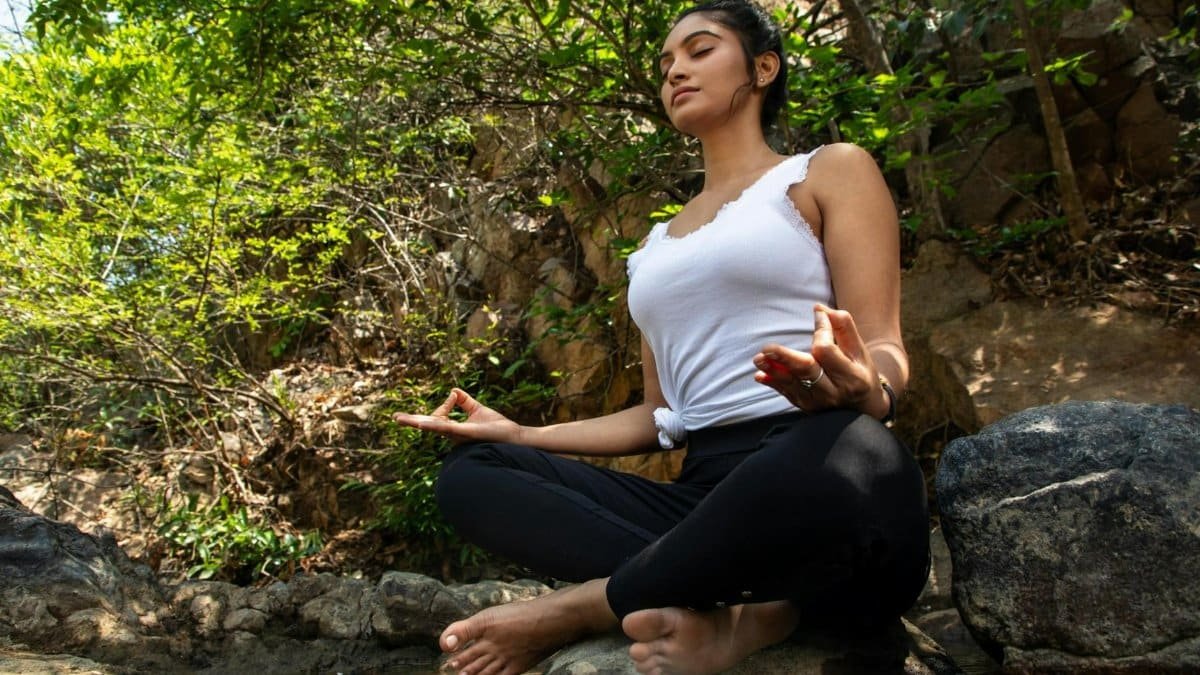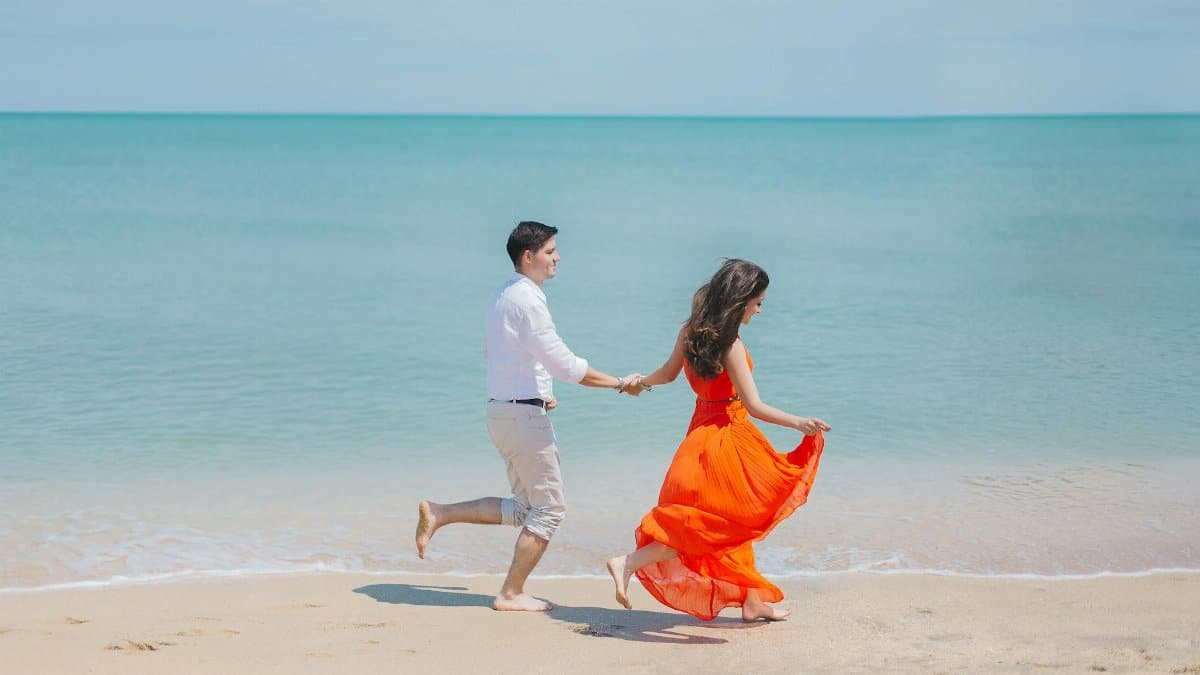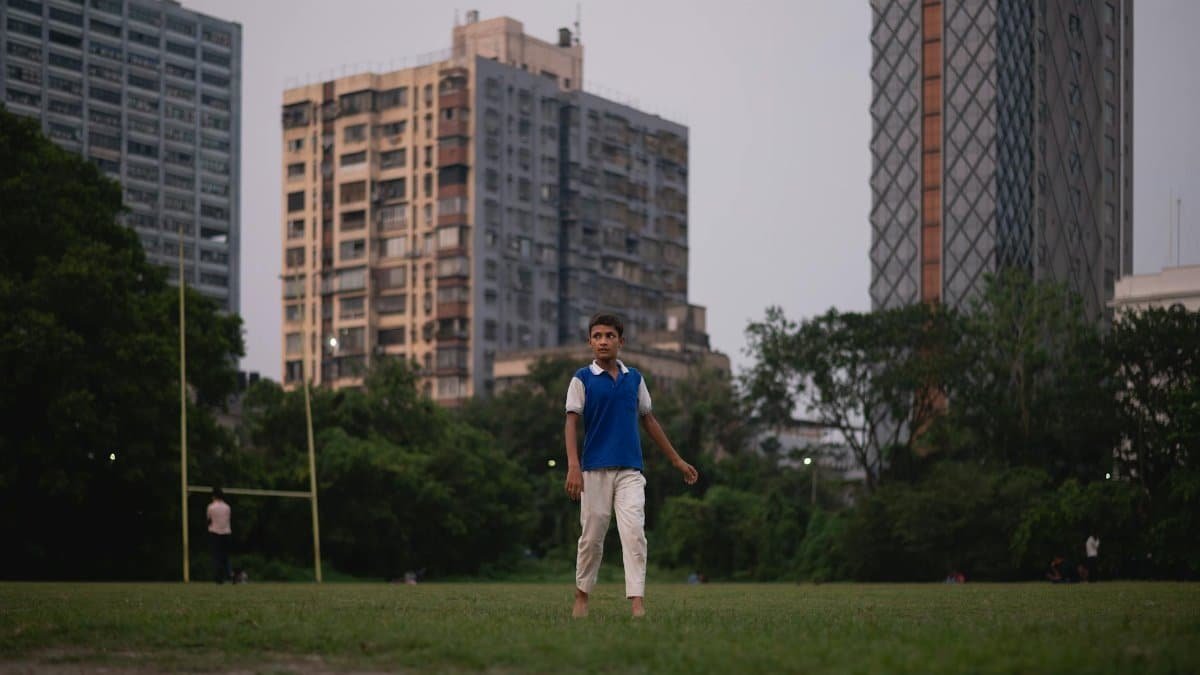Is barefoot walking on grass really the secret to calming your overworked nerves? A growing number of Americans are ditching shoes to reconnect with the earth, claiming it’s a game-changer for stress and anxiety. The concept, often called “grounding,” ties directly to the idea that barefoot walks on the nervous system have a measurable impact. Research suggests this simple act might reduce inflammation and improve mood by balancing the body’s electrical charge. Here’s why this trend is gaining traction in 2025 and how it could work for you.
What Is Grounding and How Does It Work?

Grounding, or earthing, is the practice of making direct contact with the earth’s surface, typically by walking barefoot on grass, sand, or soil. The theory is that the earth’s natural electrical charge can neutralize free radicals in the body, reducing inflammation and stress. For barefoot walks on the nervous system, this means potentially lowering cortisol levels and easing anxiety. It’s not just hippie lore—science is starting to back up these claims with studies on the body’s physiological responses.
The Science Behind Barefoot Walks and Stress Relief

Research shows that direct contact with the earth can influence the autonomic nervous system, which regulates stress responses. A 2015 study published in the Journal of Inflammation Research found that grounding reduced pain and stress markers in participants after just a few sessions. You can read more about it at National Library of Medicine. The idea is simple: barefoot walks on the nervous system may help shift your body from “fight or flight” to “rest and digest.”
Why Grass Specifically Matters

Not all surfaces are equal when it comes to grounding. Grass, especially when damp, is one of the best conductors for the earth’s energy. Unlike concrete or asphalt, natural grass allows for a stronger connection, amplifying the potential calming effects on your nervous system. Walking on grass barefoot also provides a sensory experience—think soft textures and coolness—that can further relax the mind. It’s a double win for both body and mental health.
Real Benefits for Anxiety and Mood

Chronic stress keeps the nervous system in overdrive, leading to anxiety, poor sleep, and even depression. Barefoot walking has shown promise in breaking this cycle. A 2018 study from the University of California, Irvine, noted improved mood and reduced tension in participants after grounding sessions. More details are available at UC Irvine Health. For many, just 20 minutes a day can make a noticeable difference.
How to Start Barefoot Walking Safely

Getting started is easy, but safety comes first. Choose a clean, natural area like a park or your backyard—avoid places with sharp objects or pesticides. Start with 10-15 minutes daily, gradually increasing as your feet adjust. Morning dew on grass can enhance the grounding effect, so aim for early walks if possible. Always check for injuries or skin irritations before and after to prevent infections. It’s low-cost and accessible for most.
Who Should Avoid Barefoot Walks?

While grounding is generally safe, it’s not for everyone. People with foot injuries, diabetes, or poor circulation should consult a doctor first, as barefoot walking can pose risks. Those with severe allergies to grass or pollen might also need to steer clear. If you’re unsure, test a small patch of skin for reactions before committing to regular walks. The benefits are enticing, but caution ensures you don’t trade one health issue for another.
Why This Trend Is Booming in 2025

As stress levels soar amid fast-paced lifestyles, Americans are turning to natural remedies like grounding. Social media is flooded with influencers and everyday folks sharing their barefoot walking experiences, claiming sharper focus and calmer nerves. Urban dwellers are even seeking out green spaces specifically for this purpose. With mental health concerns at the forefront, barefoot walks on the nervous system are becoming a go-to for those craving a quick, natural reset without a hefty price tag.
Natasha is the heart of our exploration into conscious connection. Applying principles from multiple counseling courses in her own life, she guides you to cultivate stronger, more joyful bonds.
Disclaimer
The content on this post is for informational purposes only. It is not intended as a substitute for professional health or financial advice. Always seek the guidance of a qualified professional with any questions you may have regarding your health or finances. All information is provided by FulfilledHumans.com (a brand of EgoEase LLC) and is not guaranteed to be complete, accurate, or reliable.
